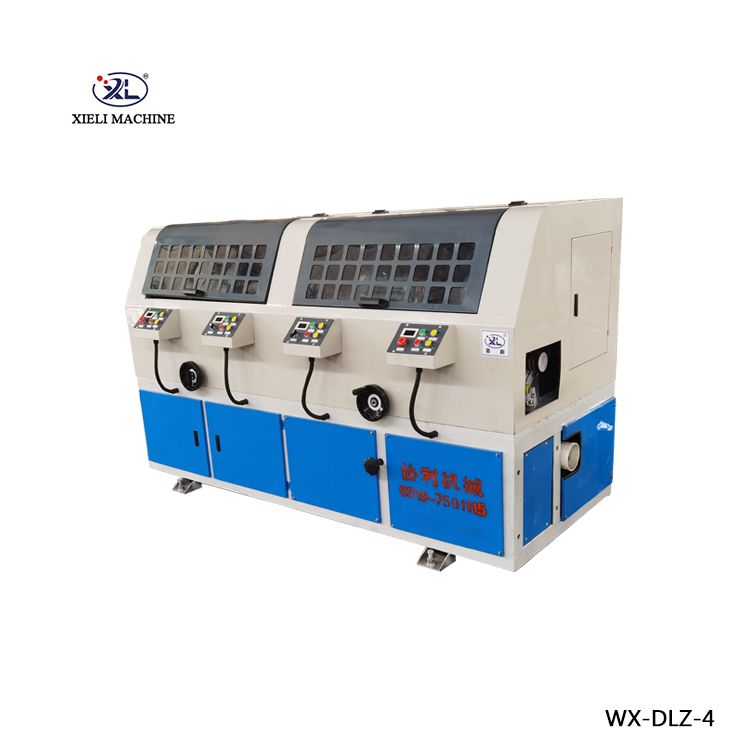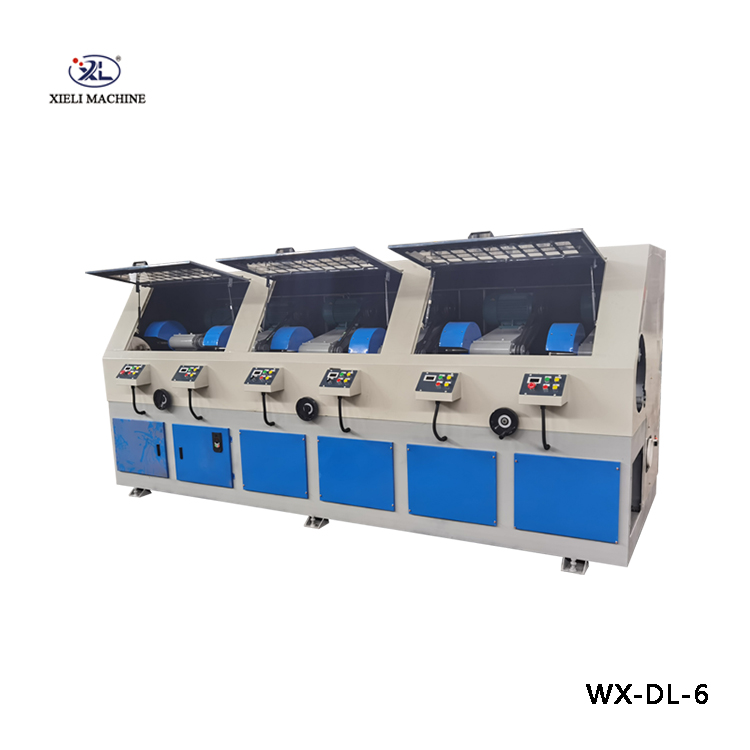In the world of precision machining, grinding is a critical process that ensures the desired size, shape, and finish of components. Two common methods are centerless grinding and centered grinding. Both techniques are effective for specific purposes and have distinct advantages and disadvantages. In this article, we will explore the differences between centerless and centered grinding, their respective applications, benefits, and drawbacks, helping you choose the right method for your manufacturing needs.
Centerless Grinding
Centerless grinding is a unique machining process that eliminates the need for a center or spindle to hold the workpiece in place. Instead, the workpiece is supported between a rotating grinding wheel and a stationary guide wheel. This setup allows for continuous and efficient processing of the material.
Applications
Centerless grinding is commonly used for cylindrical components and is particularly effective for producing long or slender parts. This method is widely employed in the automotive, aerospace, and manufacturing industries for mass production of small and complex parts, such as fuel injector needles, fasteners, and bearing rings.
Advantages
High Efficiency: Centerless grinding allows for high production rates as it can process multiple parts simultaneously.
2. Consistent Accuracy: The process ensures precise dimensions and finishes across a batch of parts due to the continuous operation.
3. Flexibility: It can handle a wide range of workpiece sizes and shapes.
4. Reduced Set-Up Time: As the workpieces don't require individual centers, setup time is minimized.
Disadvantages
1. Limited Control: The lack of centers can sometimes limit control over the workpiece, especially for complex shapes.
2. Material Loss: Material removal may be less precise compared to centered grinding.
Centered Grinding
Centered grinding, also known as cylindrical grinding, involves securing the workpiece between two centers or in a chuck. This method is typically used for grinding round workpieces with a controlled rotation.
Applications
Centered grinding is well-suited for grinding cylindrical surfaces with high precision and accuracy. It is widely used in industries such as aerospace, automotive, and engineering to produce crankshafts, camshafts, and other precision shafts.
Advantages
1. Precise Control: The use of centers ensures excellent control over the workpiece, resulting in precise dimensions and finishes.
2. Versatility: This method can handle a variety of grinding operations such as external, internal, and surface grinding.
3. Consistency: Consistent part quality is achievable due to the controlled environment.
Disadvantages
1. Lower Throughput: Centered grinding can be slower than centerless grinding due to the setup and individual handling of each workpiece.
2. Setup Time: Setting up the centers for each workpiece can be time-consuming, impacting production efficiency.
Conclusion
Both centerless and centered grinding have their own distinct advantages and drawbacks, making them suitable for different types of applications. Centerless grinding is an excellent choice for high-volume production of small cylindrical parts, offering speed and efficiency. On the other hand, centered grinding provides precise control and versatility, making it ideal for complex and specialized components.
When deciding between centerless and centered grinding, consider the specific requirements of your project, such as the type of workpiece, desired accuracy, and production volume. By understanding the strengths and limitations of each method, you can make an informed decision that aligns with your manufacturing goals and ensures optimal results.





